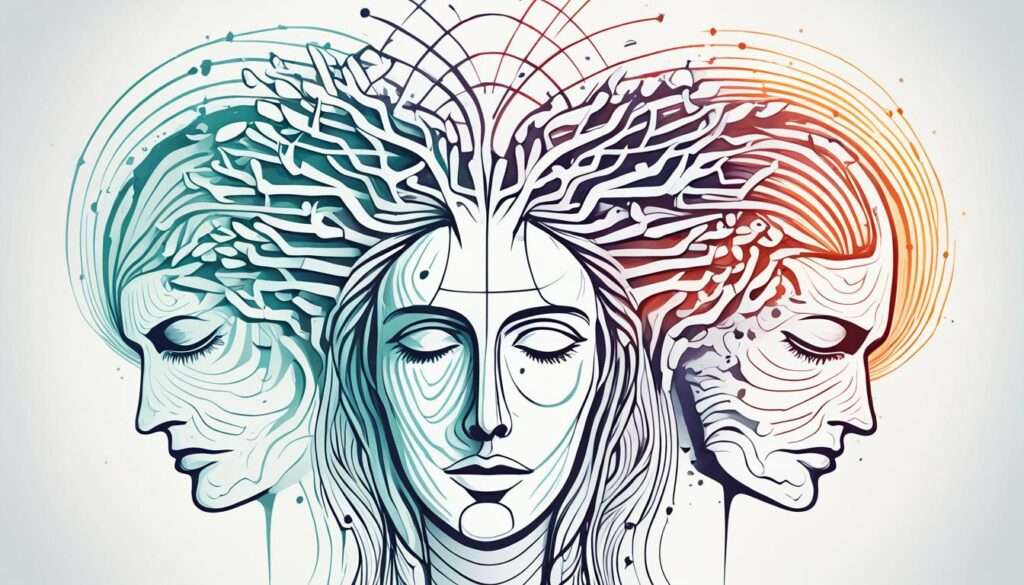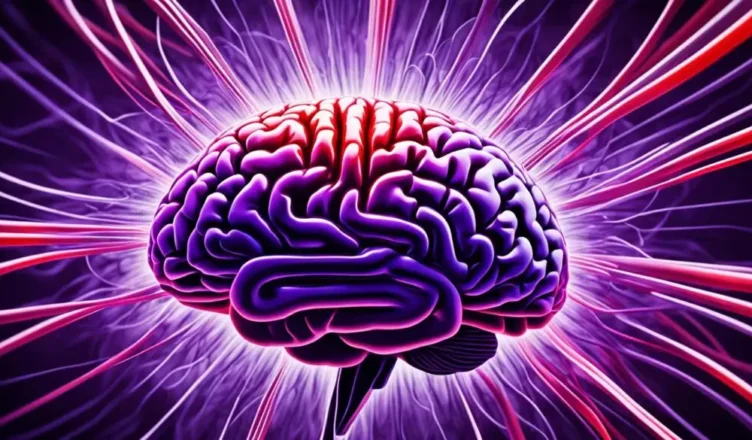Migraines affect millions of people worldwide, causing severe pain and discomfort. Among the various triggers, hormonal changes stand out as a significant factor, especially for women. Understanding how hormonal changes can trigger migraine symptoms can help in managing and preventing these debilitating headaches. In this blog, we will explore the connection between hormonal fluctuations and migraines, with a special focus on basilar migraine symptoms.
Introduction to Migraines
Migraines are more than just intense headaches. They are complex neurological conditions that involve a range of symptoms, including severe head pain, nausea, vomiting, and sensitivity to light and sound. Migraines can be classified into different types, each with unique characteristics and triggers. Hormonal changes are one of the most common and impactful triggers, particularly for women.
The Hormonal Connection to Migraines
Hormonal changes can significantly impact the frequency and severity of migraines. Fluctuations in hormone levels, especially estrogen, can trigger migraine symptoms. This connection is evident in various life stages and conditions, such as menstruation, pregnancy, menopause, and the use of hormonal contraceptives.
How Hormonal Changes Trigger Migraine Symptoms
1. Menstrual Migraines
Menstrual migraines, also known as hormone headaches, occur in connection with a woman’s menstrual cycle. These migraines typically happen before or during menstruation when estrogen levels drop. Symptoms of menstrual migraines can include:
- Throbbing or pulsing head pain, often on one side.
- Nausea and vomiting.
- Sensitivity to light and sound.
Understanding this pattern can help in anticipating and managing menstrual migraines more effectively.
2. Pregnancy and Migraines
Pregnancy can significantly impact migraine patterns. Some women experience relief from migraines during pregnancy due to stable and elevated estrogen levels, especially in the second and third trimesters. However, others may experience more frequent or severe migraines, particularly in the first trimester. Common symptoms during pregnancy include:
- Severe head pain.
- Nausea and vomiting.
- Visual disturbances.
Managing migraines during pregnancy requires special attention to safe treatment options, as certain medications may not be suitable.
3. Menopause and Migraines
Menopause, the time in a woman’s life when menstrual periods cease, brings significant hormonal changes that can affect migraine patterns. During perimenopause (the transition period before menopause), fluctuating estrogen levels can trigger migraine symptoms. Postmenopausal women often experience a decrease in migraine frequency, but some may continue to suffer. Symptoms include:
- Severe head pain.
- Hot flashes and night sweats.
- Mood swings.
Hormone replacement therapy (HRT) can sometimes help manage these symptoms but requires careful consideration and medical guidance.
4. Hormonal Contraceptives and Migraines
The use of hormonal contraceptives, such as birth control pills, patches, and rings, can influence migraine patterns. Some women may experience an increase in migraines, especially during the placebo week of birth control pills when estrogen levels drop. Conversely, continuous-use hormonal contraceptives can help stabilize hormone levels and reduce migraine frequency. Symptoms influenced by contraceptives include:
- Throbbing head pain.
- Nausea and sensitivity to light.
- Aura symptoms, such as visual disturbances.
Consulting with a healthcare provider can help in choosing the right contraceptive method to manage migraines effectively.
Basilar Migraine and Hormonal Changes
Basilar migraines, a subtype of complex migraines, primarily affect the brainstem and involve significant hormonal influences. Understanding the hormonal impact on basilar migraines can provide insights into their unique symptoms and management.

Basilar Migraine Symptoms
Basilar migraine symptoms are distinctive and can include:
- Vertigo: A sensation of spinning or dizziness.
- Double Vision: Difficulty focusing or seeing double images.
- Loss of Balance: Unsteadiness or difficulty walking.
- Tinnitus: Ringing or buzzing in the ears.
- Speech Difficulties: Slurred speech or trouble finding words.
- Hearing Loss: Temporary loss of hearing.
- Confusion: Difficulty thinking clearly or sudden confusion.
- Loss of Consciousness: In rare cases, fainting or loss of consciousness.
For more detailed information on basilar migraines, visit Basilar Migraine Symptoms and Relief Options.
Managing Hormonal Migraine Triggers
Effective management of migraines triggered by hormonal changes involves a combination of lifestyle modifications, medication, and preventive strategies. Here are some approaches:
1. Medication
Medications play a crucial role in managing hormonal migraines. These include:
- Nonsteroidal Anti-Inflammatory Drugs (NSAIDs): Effective in treating menstrual migraines when taken before the onset of symptoms.
- Triptans: Used to treat acute migraine attacks and can be taken at the onset of symptoms.
- Hormonal Treatments: Hormonal contraceptives or hormone replacement therapy (HRT) can help stabilize hormone levels and reduce migraine frequency.
Consult with a healthcare professional to determine the best medication plan for your specific needs.
2. Lifestyle Modifications
Making lifestyle changes can significantly impact the management of hormonal migraines. Consider the following:
- Maintain a Regular Sleep Schedule: Consistent sleep patterns help regulate hormones and reduce the likelihood of migraines.
- Practice Stress Management: Techniques like meditation, yoga, or deep breathing exercises can help manage stress and its impact on hormones.
- Identify and Avoid Triggers: Keeping a migraine diary to track potential hormonal triggers and avoid them can be beneficial.
3. Diet and Hydration
Proper diet and hydration play a crucial role in hormonal regulation. Consider the following:
- Stay Hydrated: Dehydration can affect hormone levels and trigger migraines, so drinking plenty of water is essential.
- Balanced Diet: Eating a balanced diet rich in fruits, vegetables, and whole grains can help regulate hormones and prevent migraines.
- Avoid Trigger Foods: Identify and avoid foods that trigger migraines, such as caffeine, alcohol, and foods containing tyramine.
Advanced Therapies and Treatments
Several advanced therapies and treatments focus on hormonal regulation to manage migraines. These include:
1. Botox Injections
Botox injections can help prevent migraines by blocking the release of certain chemicals involved in pain transmission and hormonal regulation.
2. Neuromodulation Devices
Neuromodulation devices, such as transcranial magnetic stimulation (TMS) and vagus nerve stimulation (VNS), can help regulate hormonal activity and prevent migraines.
3. Acupuncture
Some individuals find relief from migraines through acupuncture, which may help regulate hormones and reduce the frequency of migraine attacks.
4. Cognitive Behavioral Therapy (CBT)
CBT can help manage stress and develop coping strategies to prevent hormonal changes that trigger migraines.
Differentiating Hormonal Migraines from Other Conditions
Hormonal migraines can be mistaken for other conditions, such as tension headaches or sinus headaches. Key points to differentiate them include:
- Symptom Pattern: Hormonal migraines often follow a recognizable pattern with specific hormonal triggers.
- Severity and Duration: Hormonal migraines can be more severe and last longer than other types of headaches.
Consulting with a healthcare professional for a proper diagnosis is essential to ensure appropriate treatment.
Importance of Early Recognition and Management
Early recognition and management of hormonal migraines can significantly improve treatment outcomes. By understanding how hormonal changes trigger migraine symptoms and identifying early signs, individuals can take proactive steps to mitigate the impact of migraines on their daily lives.
When to Seek Medical Attention
While early recognition and management strategies are crucial, some symptoms require immediate medical attention. Seek medical help if you experience:
- Sudden weakness or numbness on one side of the body.
- Sudden severe headache unlike any previous headache.
- Sudden difficulty speaking or understanding speech.
- Loss of consciousness or fainting.
These symptoms could indicate a more serious condition, such as a stroke, and necessitate prompt medical evaluation.
Conclusion
Understanding how hormonal changes can trigger migraine symptoms is key to effective management and treatment. By recognizing the hormonal impact on migraines, including basilar migraine symptoms, individuals can better manage their condition and improve their quality of life. If you suspect you have hormonal migraines, consult with a healthcare professional to develop a personalized treatment plan. With the right approach, it is possible to manage migraines and maintain a higher quality of life.
For more information on basilar migraines and their symptoms, visit Basilar Migraine Symptoms and Relief Options.
Additional Resources
Understanding migraines and their different types is the first step toward effective management and improved well-being. Stay informed and proactive in your approach to migraine care.

